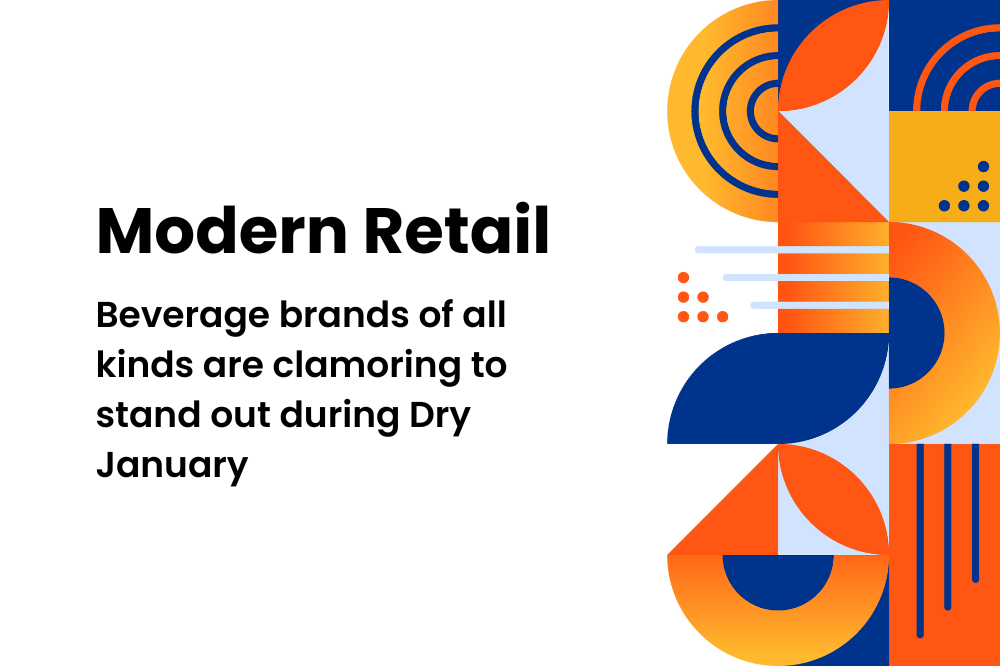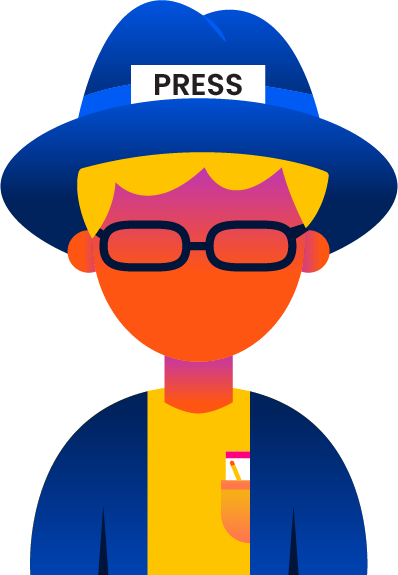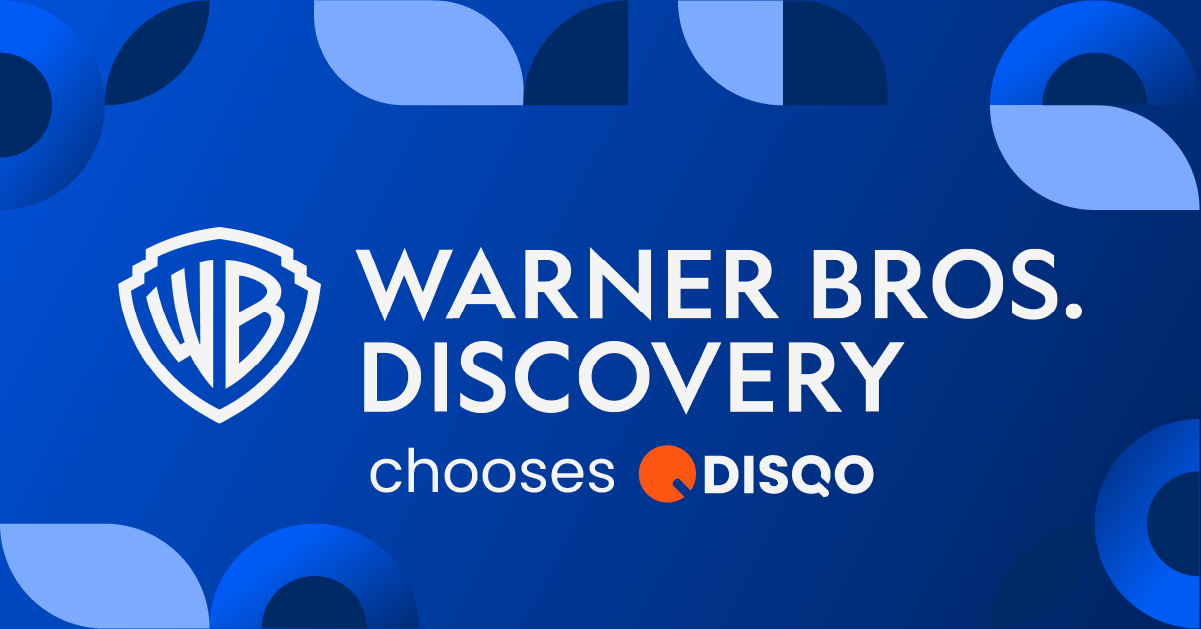Newsroom

-
 News
News
-
Mar 14, 2024
-
 Featured
Featured
Modern Retail: DISQO's Non-Alcoholic Beverage Insights
Modern Retail's Gabriela Barkho reported that "as Dry January becomes more popular, brands...
Subscribe now!
Get our press releases and new insights reports straight to your inbox.
Press resources
DISQO’s team is here to help with your stories about consumerism, customer experience, advertising measurement, media trends, technology, and more. Our contacts and press kit assets are below.
Reach out to us at pr@disqo.com for custom surveys and insights to support your reporting.

Brand visuals
Download DISQO’s logo and creative assets to bring your story to life visually.
Additional resources
Delve into CX trends with our latest reports, articles, case studies, and more.
Upcoming events
Connect with us IRL. You’ll find us at key industry events. Find out where we’ll be next!
Reach out to the team at pr@DISQO.com










